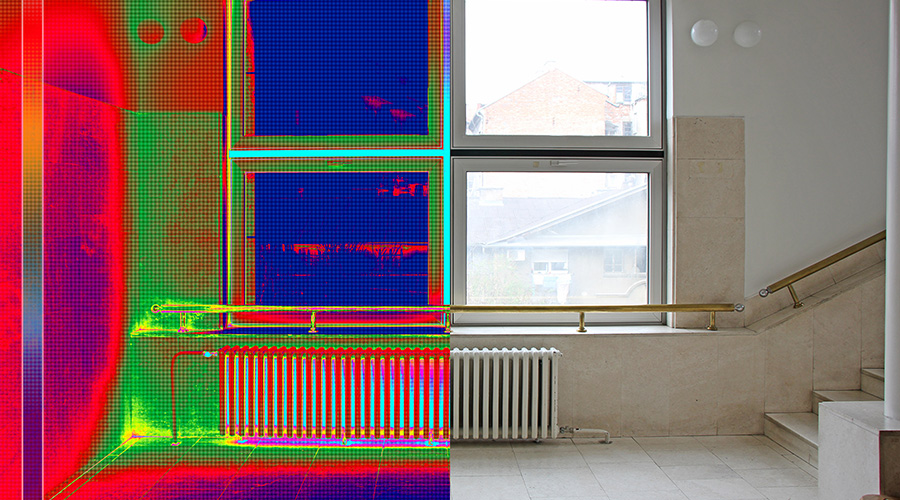Should Day Cleaners Use Green Methods?
Should day cleaners use green methods? While proponents of day cleaning tout its energy savings, the savings alone won’t make buildings “green” if day crews are still using harmful cleaning products. That’s especially true because, according to green cleaning advocates, safe, effective substitutes to traditional cleaners are now available.
Greig says he believes green cleaning and day cleaning go together. Day cleaning, he says, “allows you to see what needs to be done, and the employees tend to be more efficient in what they do. They tend to actually wipe up stains and spots on the floor that they caused because Mary or John, who they now know, is coming in to clean. So there’s a tendency to be more careful in what they’re doing in their offices.”
Day cleaners and building employees alike derive benefits from the use of green cleaning products as well, he says, “because the chemicals being used are less acidic in their type. (The cleaners) don’t have to strip and refinish the floors as much because they can spray buff now, and so you’re talking about a cleaner method of cleaning. And you’re using microfiber, which picks up the bacteria, and you’re vacuuming hard-surface floors and not using dust mops.”
Spencer says he implemented “green” day cleaning before green cleaning got popular. “I dictated that they couldn’t bring negative chemicals into my facilities,” he says. “From day one, I had already started saying ‘no’ — no butyls, no acids, we don’t want that in our buildings.”
Spencer continues: “Working during the day, I knew we couldn’t have chemicals in the building that would be a hazard to our people. We were ‘green on green,’ is what I call it — because we were green from the standpoint that we wouldn’t have chemicals that would be negative to our employees or the environment, and green from the standpoint of saving a lot of money.”
For Ashkin and Elliott, green cleaning and day cleaning are not necessarily linked: You can have one without the other. Ashkin points out that in LEED version 4, green cleaning is now a prerequisite, and there’s now even a requirement for the cleaning operations to develop strategies to reduce energy consumption. Day cleaning is one way to do that.
Cleaning green or using a day-cleaning strategy is no guarantee of extraordinary performance, Elliott says. “No, the real key to extraordinary cleaning-system performance,” he contends, “is the level of structure, training, and management oversight. Day cleaning, which is tied to a team staffing model, is inherently more structured and for this reason, tends to deliver greater benefits. Even so, any cleaning system that is highly structured, well trained, and effectively managed can deliver comparable or greater benefits.”
Related Topics:














